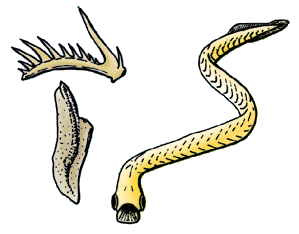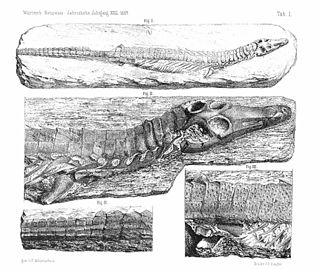This article may be expanded with text translated from the corresponding article in German. (June 2016)Click [show] for important translation instructions.
|
Heinz Walter Kozur (born 26 March 1942 in Hoyerswerda; died 20 December 2013 in Budapest) was a German paleontologist and stratigrapher.

Hoyerswerda is a major district town in the district of Bautzen in the German state of Saxony. It is located in the Sorbian settlement area of Upper Lusatia, a region where some people speak the Sorbian language in addition to German.

Budapest is the capital and the most populous city of Hungary, and the tenth-largest city in the European Union by population within city limits. The city had an estimated population of 1,752,704 in 2016 distributed over a land area of about 525 square kilometres. Budapest is both a city and county, and forms the centre of the Budapest metropolitan area, which has an area of 7,626 square kilometres and a population of 3,303,786, comprising 33 percent of the population of Hungary.

Stratigraphy is a branch of geology concerned with the study of rock layers (strata) and layering (stratification). It is primarily used in the study of sedimentary and layered volcanic rocks. Stratigraphy has two related subfields: lithostratigraphy and biostratigraphy.
In 1974, with Mock, he described the condont genus Misikella , [1] in 1975, with Merrill, the genus Diplognathodus , [2] in 1977, the genus Vjalovognathus , [3] in 1988, the genus Budurovignathus , [4] in 1989, the genus Mesogondolella , in 1990, the genera Clarkina and Chiosella [5] and in 2003, the genus Carnepigondolella .
Paleontology or palaeontology is the study of prehistoric life forms on Earth through the examination of plant and animal fossils. This includes the study of body fossils, tracks (ichnites), burrows, cast-off parts, fossilised feces (coprolites), palynomorphs and chemical residues. Because humans have encountered fossils for millennia, paleontology has a long history both before and after becoming formalized as a science. This article records significant discoveries and events related to paleontology that occurred or were published in the year 1974.
Misikella is an extinct genus of conodonts. It is a genus with a tetramembrate conodont apparatus.
Paleontology or palaeontology is the study of prehistoric life forms on Earth through the examination of plant and animal fossils. This includes the study of body fossils, tracks (ichnites), burrows, cast-off parts, fossilised feces (coprolites), palynomorphs and chemical residues. Because humans have encountered fossils for millennia, paleontology has a long history both before and after becoming formalized as a science. This article records significant discoveries and events related to paleontology that occurred or were published in the year 1975.
In 2011, with RE Weems, he made additions to the uppermost Alaunian through Rhaetian (Triassic) conchostracan zonation of North America. [6]
The Alaunian, also known as "Middle Norian", is a sub-age in the Upper Triassic. It is followed by the Upper Norian, also known as Sevatian.
The Rhaetian is, in geochronology, the latest age of the Triassic period or in chronostratigraphy the uppermost stage of the Triassic system. It lasted from 208.5 to 201.3 million years ago. It was preceded by the Norian and succeeded by the Hettangian.





